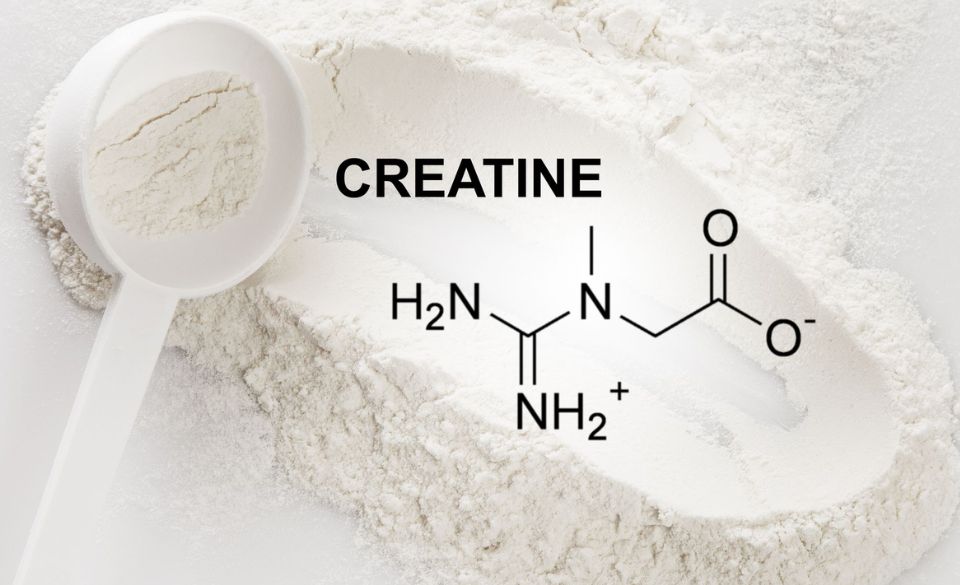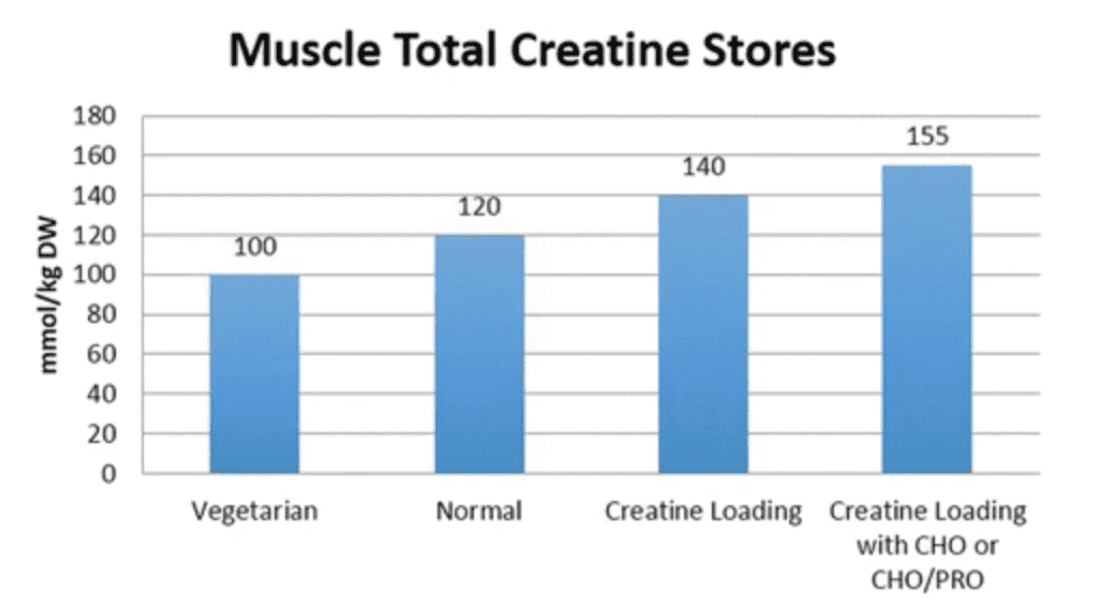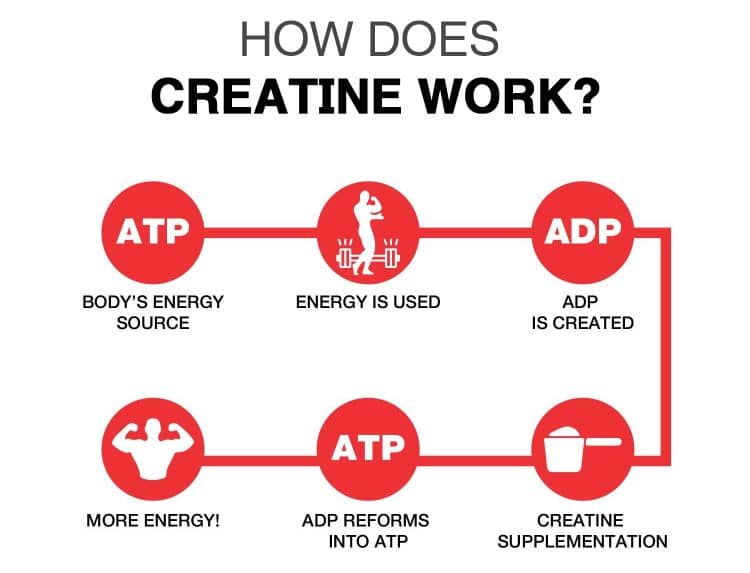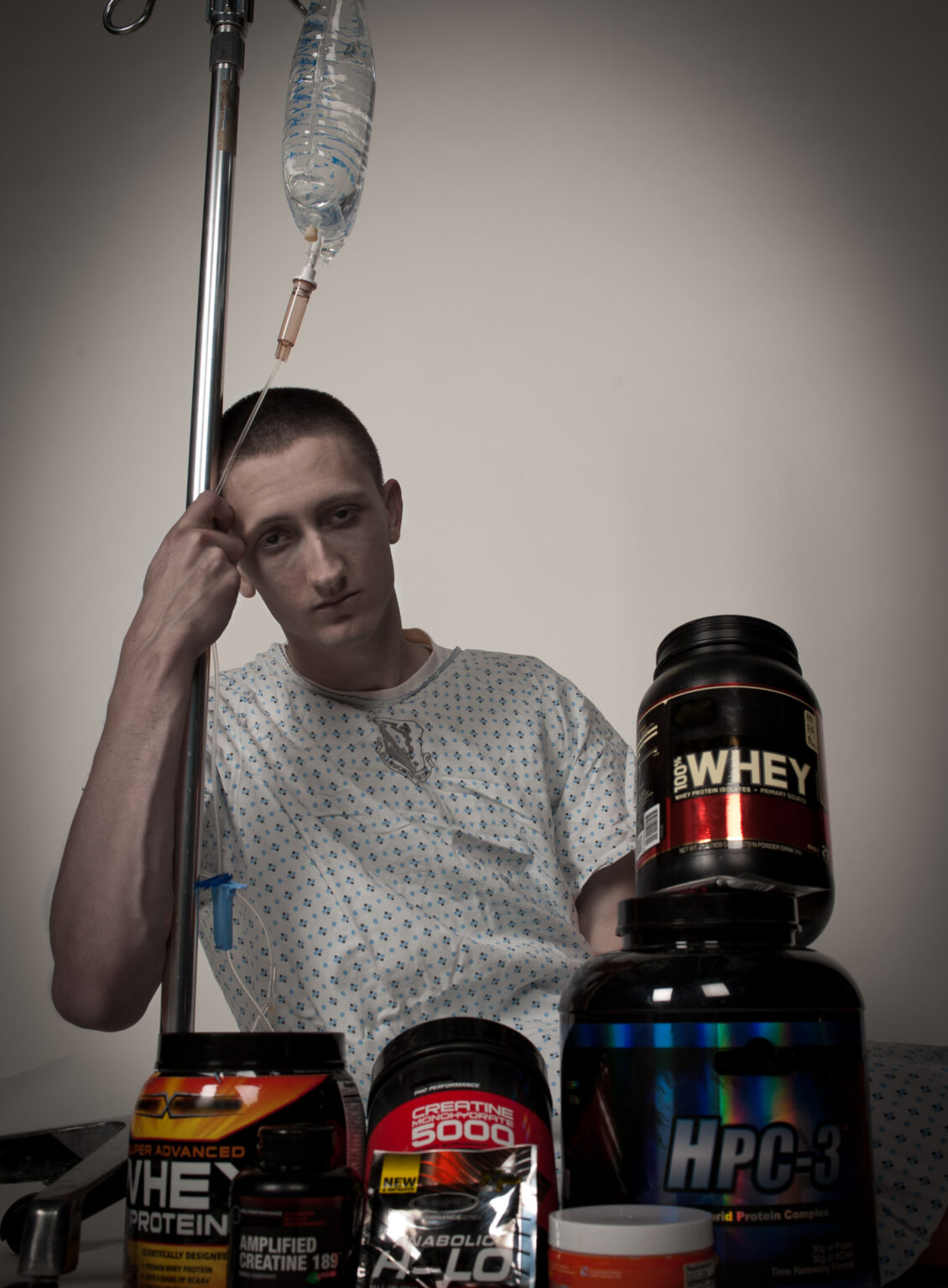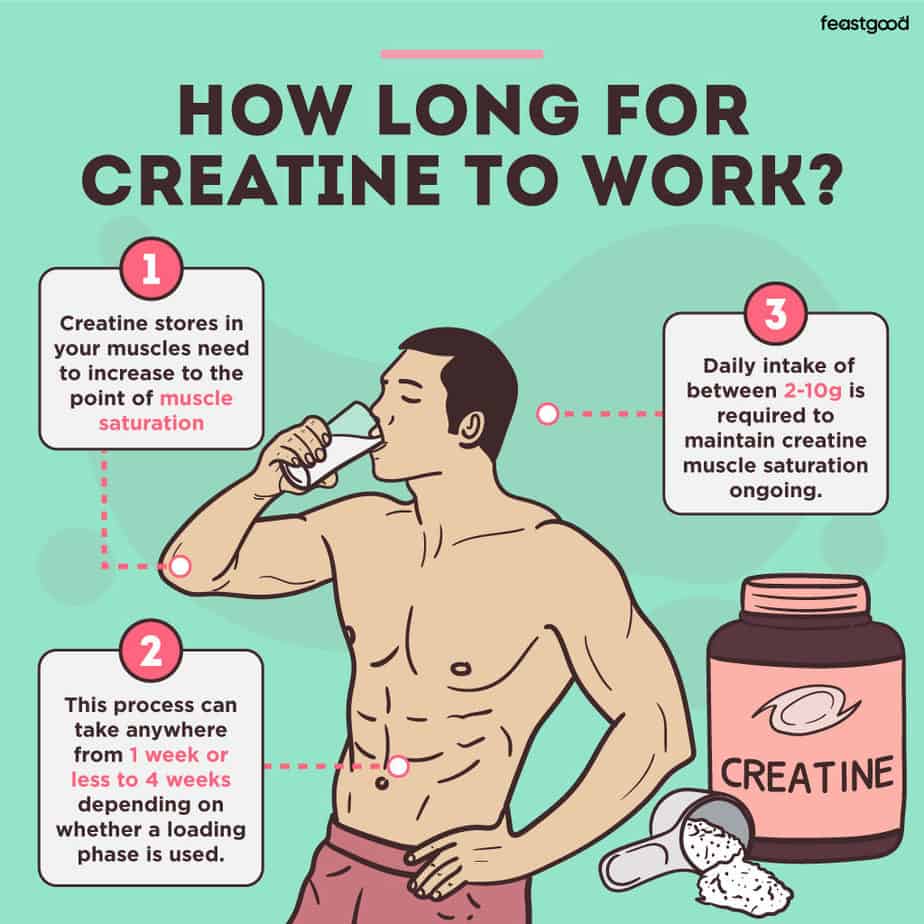Do You Need To Cycle Creatine

Imagine the satisfying thud of a weight hitting the padded floor, the burn in your muscles as you push through that final rep, and the quiet determination etched on the faces around you. The gym is a temple of self-improvement, a place where dedication meets science. Amongst the clanging iron and grunts of exertion, a question frequently echoes: "Do I need to cycle creatine?"
The question of whether to cycle creatine, a popular and well-researched supplement, is a recurring debate in the fitness world. While older beliefs suggested the necessity of cycling to maintain effectiveness and prevent potential side effects, current scientific consensus largely indicates that continuous, low-dose creatine supplementation is safe and effective for most individuals. This article dives into the evidence, examining the history of this belief, the science behind creatine, and providing insights to help you make an informed decision about your supplementation strategy.
The Origins of Cycling: A Historical Perspective
The idea of cycling creatine likely arose from early anecdotal reports and a general understanding that the body can adapt to substances over time. Initially, high loading phases followed by periods of abstinence were common, based on the theory that this would prevent the body from down-regulating its own creatine production or becoming desensitized to its effects.
These initial recommendations also stemmed from concerns about potential kidney stress. The high doses associated with loading phases were a particular worry, as it was thought they could overwhelm the kidneys.
However, research has evolved significantly since then, challenging these early assumptions.
Understanding Creatine and Its Mechanism
Creatine is a naturally occurring compound found primarily in muscle cells. It plays a crucial role in energy production, specifically in the phosphocreatine system, which rapidly regenerates ATP (adenosine triphosphate), the primary energy currency of cells.
Supplementing with creatine increases the amount of creatine stored in muscles, leading to enhanced power output, improved muscle endurance, and increased muscle size over time. This is achieved by saturating the muscle cells with creatine, making it readily available for energy production during high-intensity activities.
This enhancement allows you to push harder, recover faster, and ultimately, see greater results from your training efforts.
The Science Says: Continuous Use is Safe and Effective
Numerous studies have investigated the long-term effects of creatine supplementation. The vast majority of these studies have found no significant adverse effects on kidney function, liver function, or other markers of health in healthy individuals.
One meta-analysis published in the Journal of the International Society of Sports Nutrition concluded that creatine supplementation is safe and potentially beneficial for various populations, including athletes, older adults, and individuals with certain neurological conditions.
Furthermore, research suggests that maintaining a consistent, lower daily dose of creatine (around 3-5 grams) is as effective as loading phases followed by cycling. This approach allows for a gradual saturation of muscle creatine stores without the need for abrupt changes in dosage.
Addressing Common Concerns
Despite the overwhelming evidence supporting the safety and efficacy of continuous creatine use, some persistent concerns remain. These often revolve around potential kidney stress, water retention, and gastrointestinal discomfort.
Kidney Function
As mentioned earlier, the concern about kidney stress originates from the fact that creatine is metabolized into creatinine, which is then filtered by the kidneys. Elevated creatinine levels can sometimes indicate kidney dysfunction, leading to the assumption that creatine supplementation harms the kidneys.
However, research has consistently shown that creatine supplementation does not negatively impact kidney function in healthy individuals with normal kidney function. Individuals with pre-existing kidney conditions should consult with their healthcare provider before using creatine.
Water Retention
Creatine can cause a temporary increase in water retention, particularly during the initial loading phase. This is because creatine draws water into muscle cells, contributing to increased muscle size and potentially a slight increase in body weight.
While some individuals may find this water retention undesirable, it is generally harmless and often subsides over time. Proper hydration and a balanced diet can help minimize water retention.
Gastrointestinal Discomfort
In some cases, high doses of creatine can cause gastrointestinal discomfort, such as bloating, cramping, or diarrhea. This is more likely to occur during a loading phase.
To minimize the risk of gastrointestinal issues, it is recommended to start with a lower dose of creatine and gradually increase it over time. Taking creatine with meals may also help improve tolerance.
Who Might Benefit from Cycling?
While continuous creatine supplementation is generally safe and effective, there may be specific situations where cycling could be considered. For example, athletes who are preparing for competitions where weight classes are strictly enforced might choose to cycle off creatine temporarily to reduce water retention and make weight more easily.
Additionally, individuals who experience persistent side effects, despite adjusting their dosage and hydration, might consider cycling to see if it alleviates their symptoms. However, this should be done in consultation with a healthcare professional.
Practical Recommendations
Based on the current scientific evidence, the following recommendations can be made regarding creatine supplementation:
- Consult with a healthcare professional: Before starting any new supplement regimen, it is always best to consult with a healthcare professional, especially if you have any pre-existing medical conditions.
- Consider continuous, low-dose supplementation: A daily dose of 3-5 grams of creatine is generally sufficient for most individuals and can be taken continuously without the need for cycling.
- Stay hydrated: Drink plenty of water throughout the day to support kidney function and minimize water retention.
- Listen to your body: Pay attention to how your body responds to creatine supplementation and adjust your dosage accordingly.
The Takeaway
The weight of the evidence suggests that cycling creatine is not necessary for most people. Continuous, low-dose supplementation is a safe and effective way to reap the benefits of this well-researched compound.
Focus on consistency, proper hydration, and listening to your body, and you'll likely find that creatine can be a valuable tool in your fitness journey. So, embrace the science, trust the process, and keep pushing towards your goals.
Remember, the most important aspect of any supplementation strategy is consistency and adherence to a well-rounded fitness plan.


